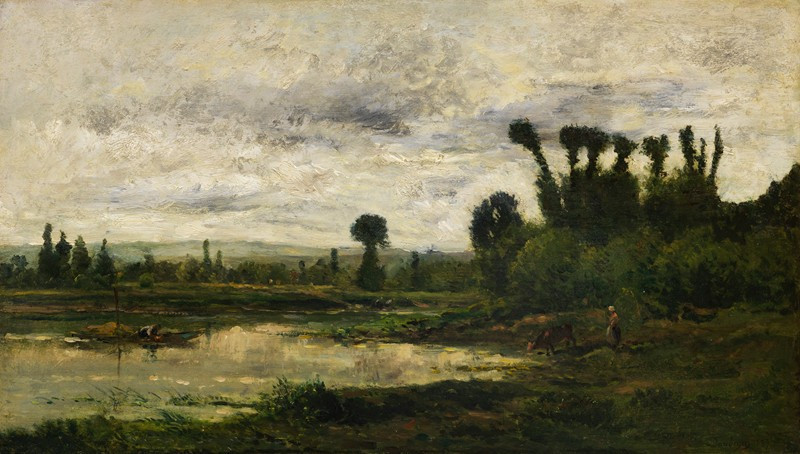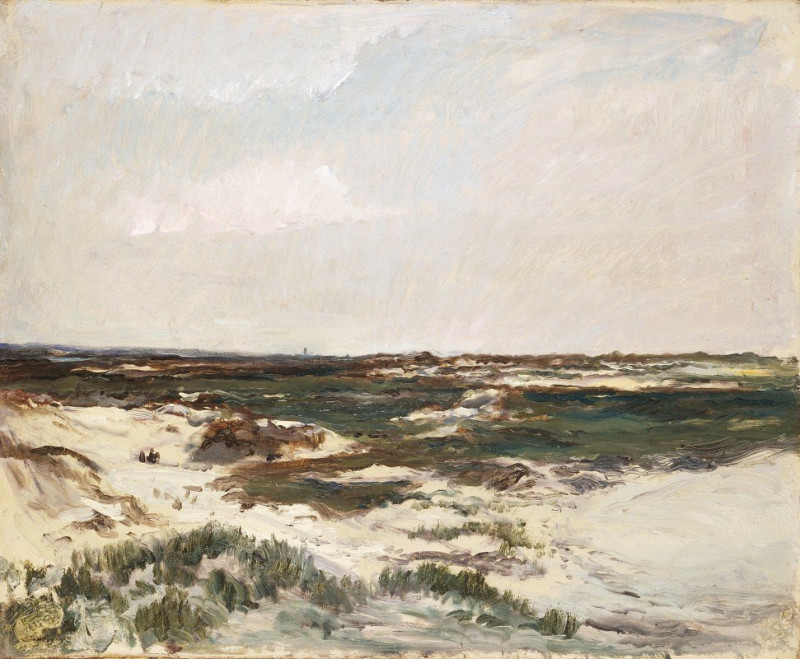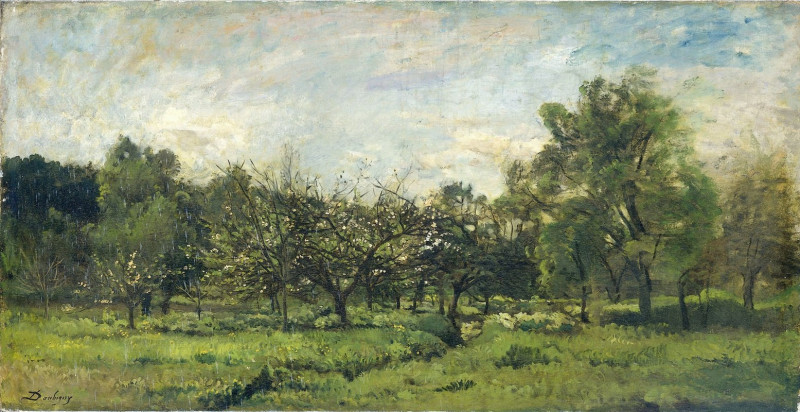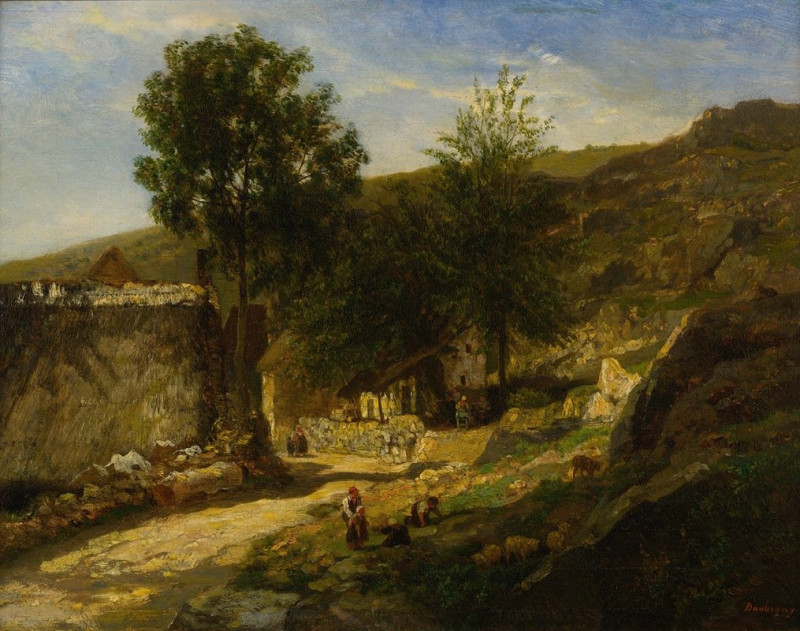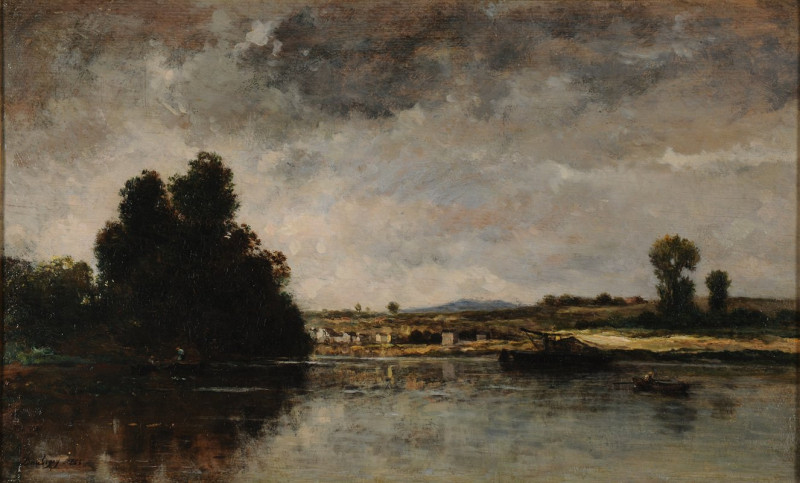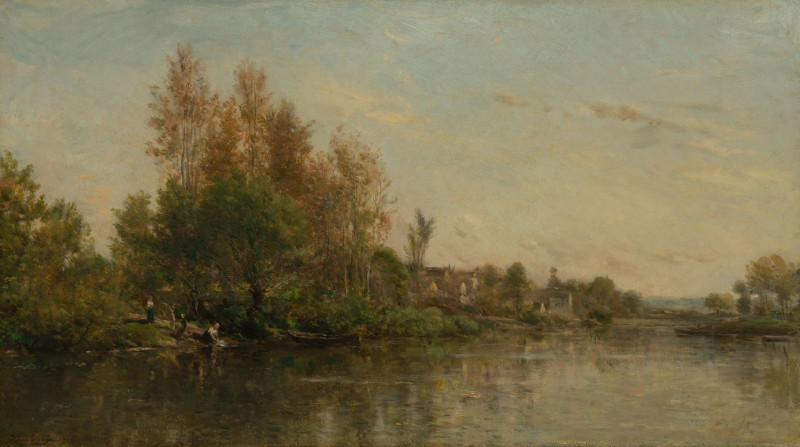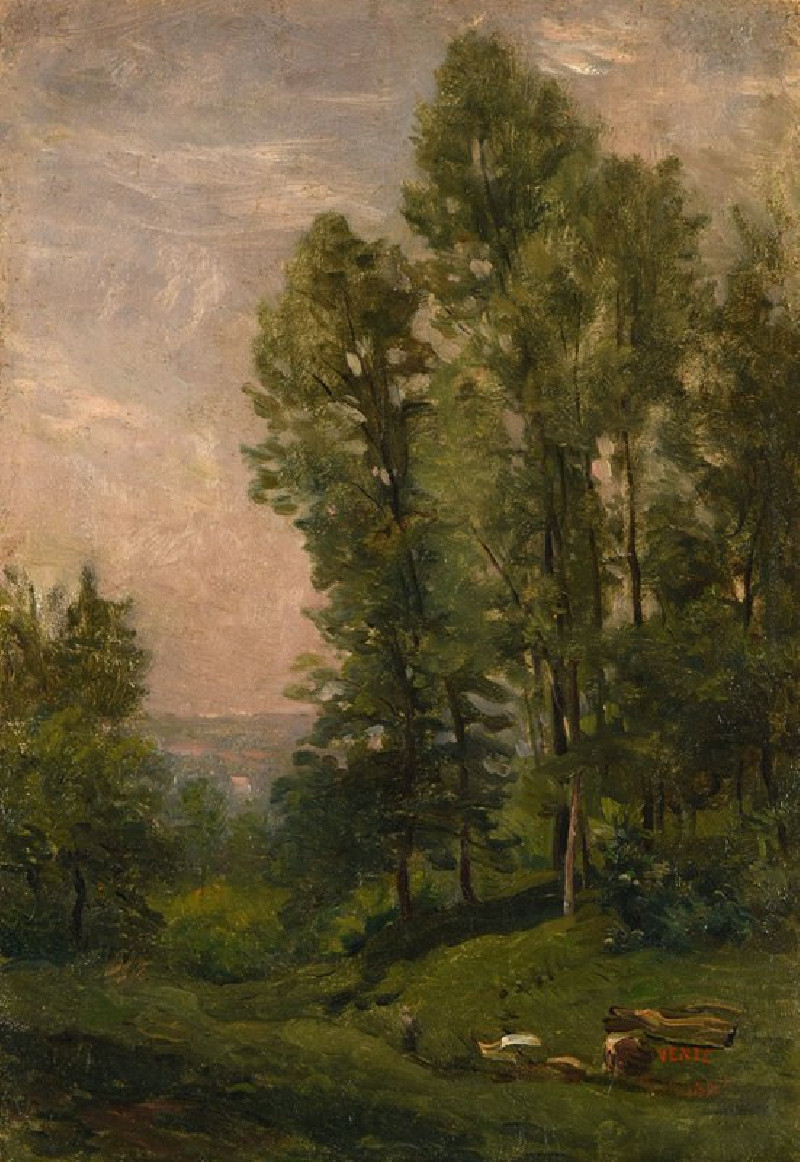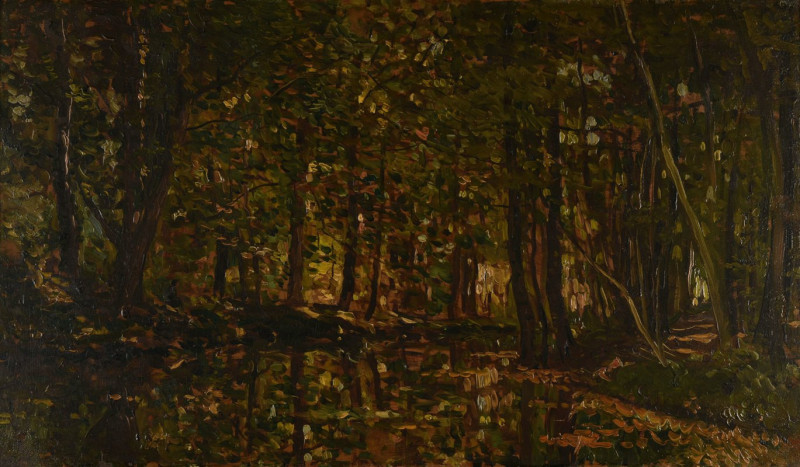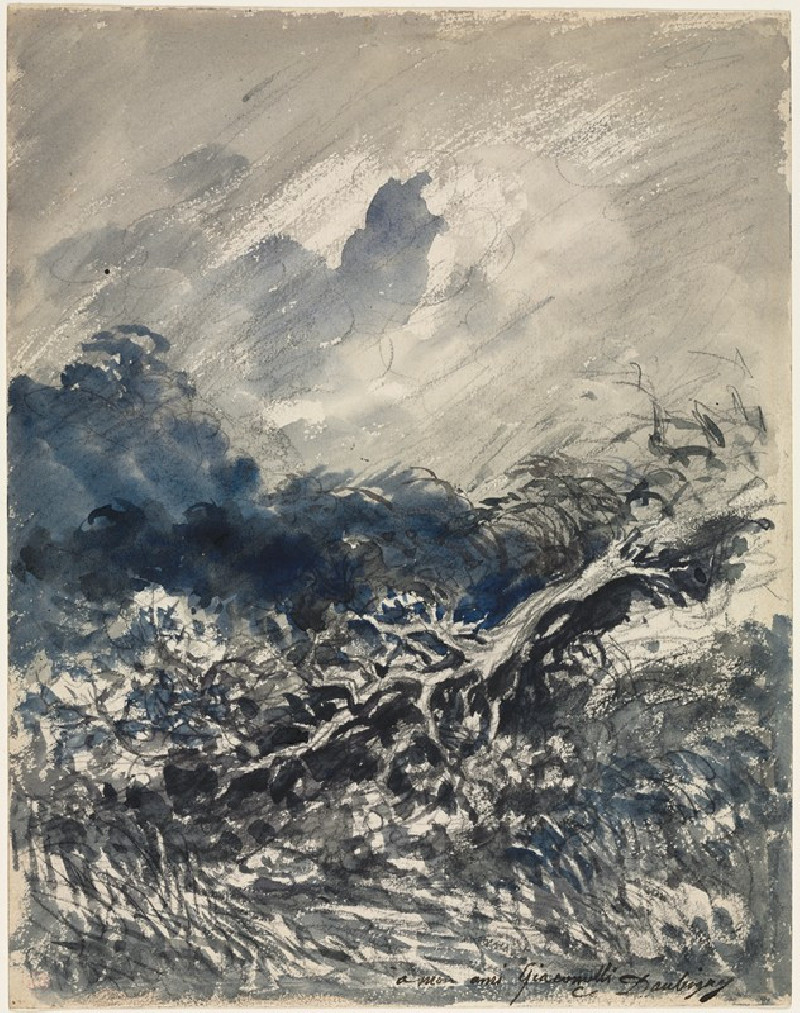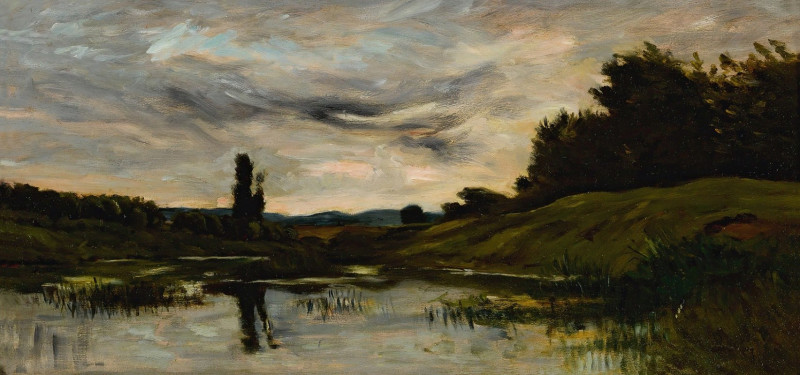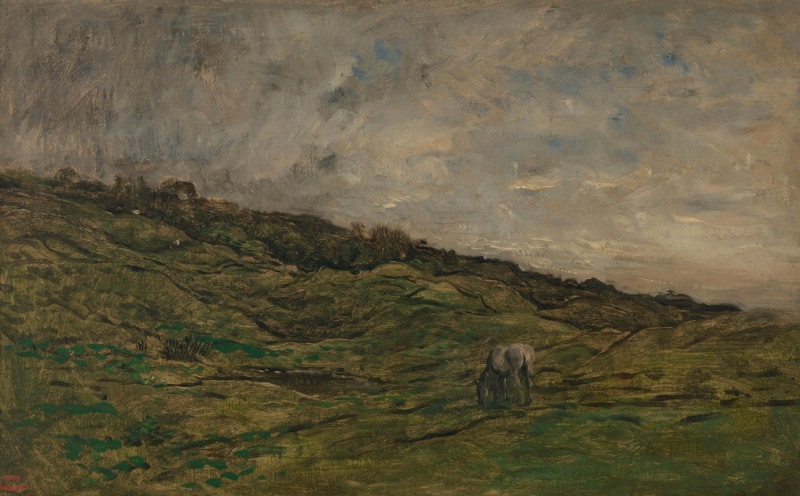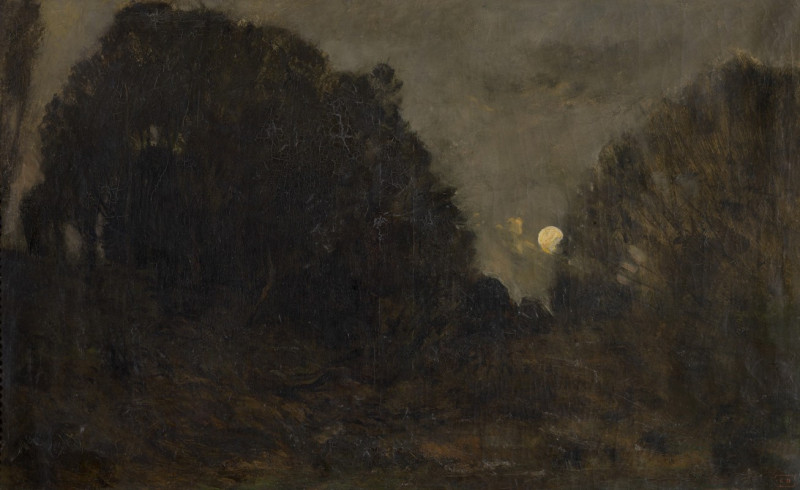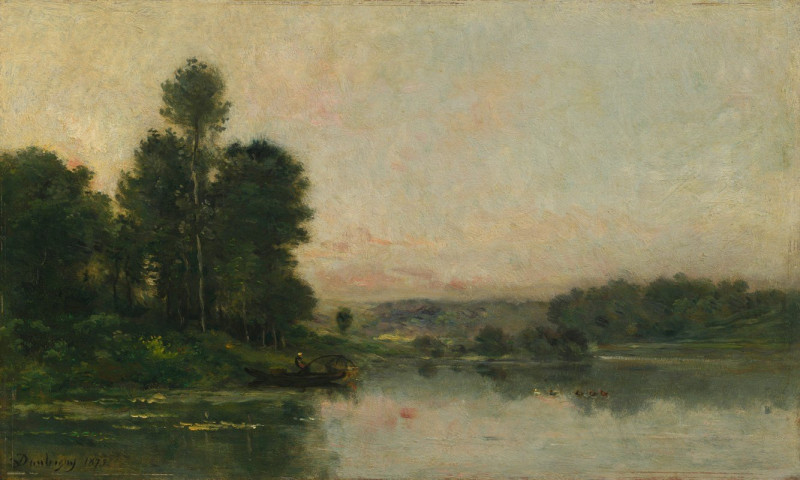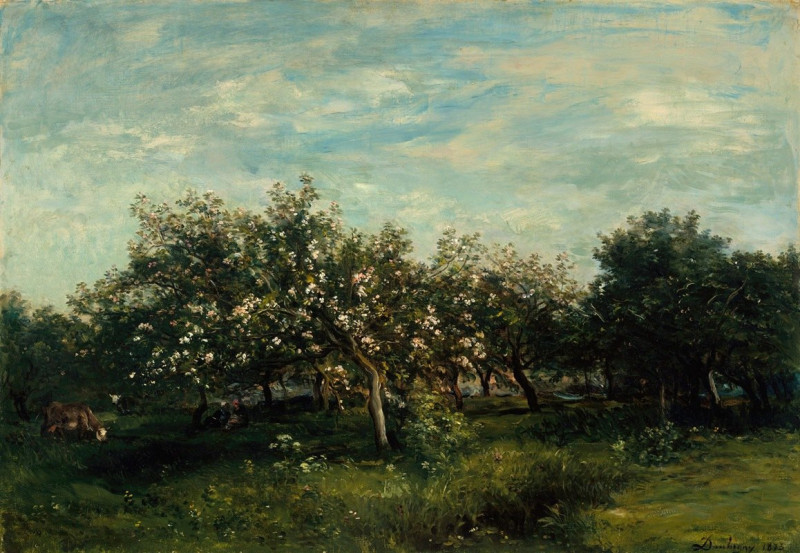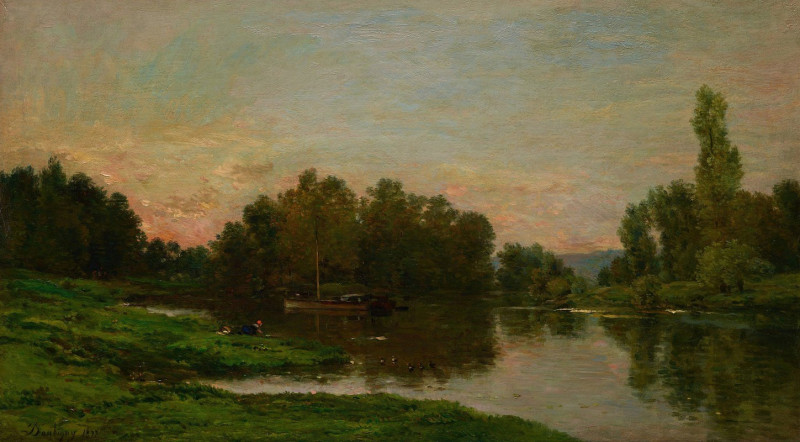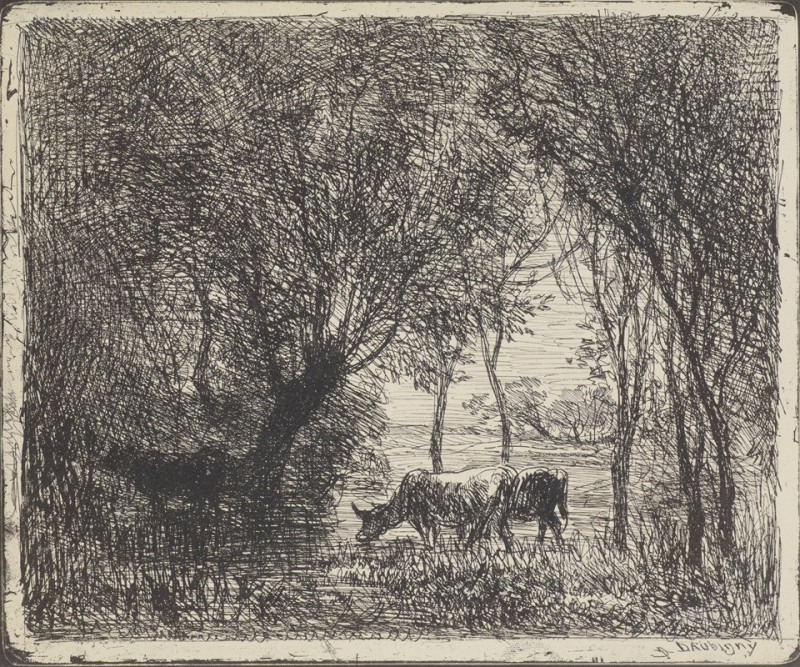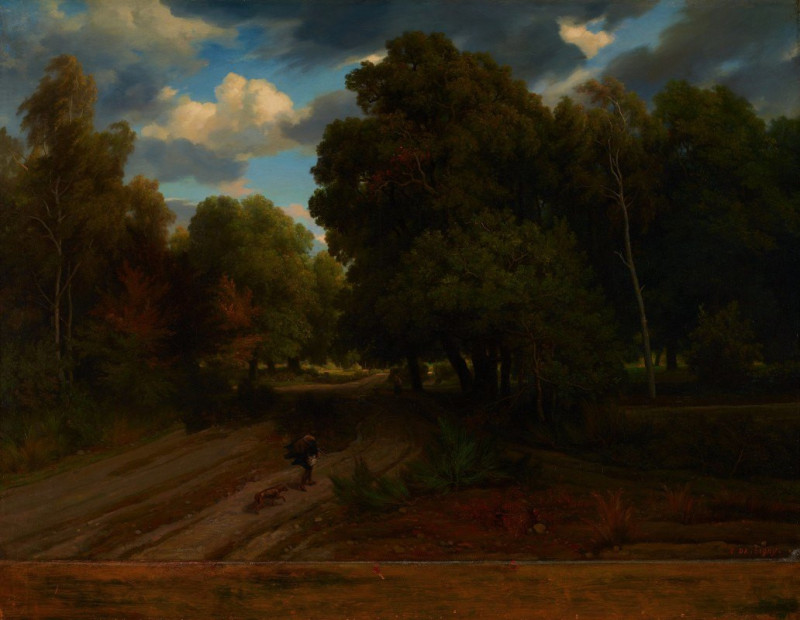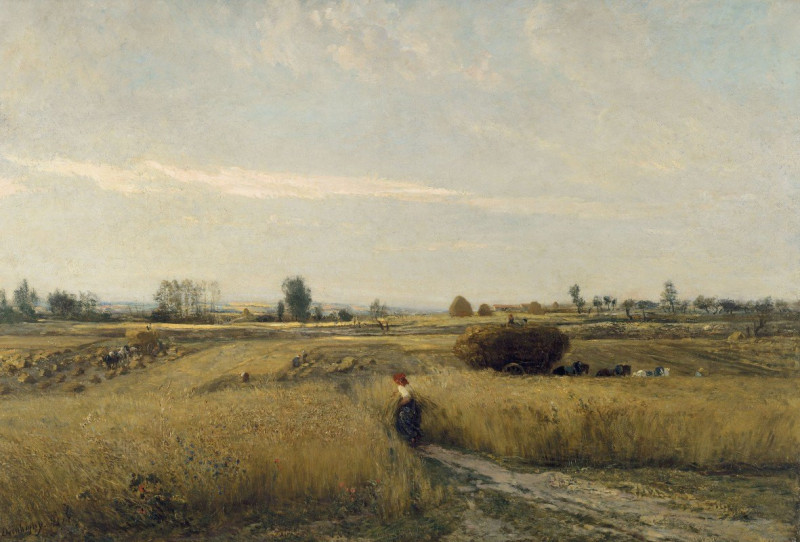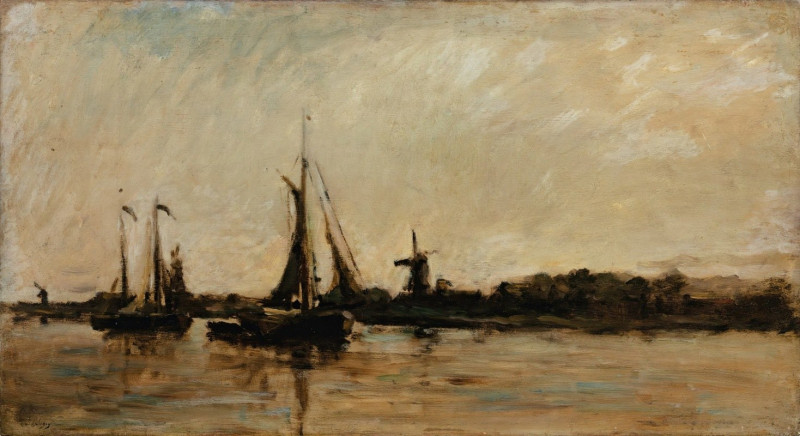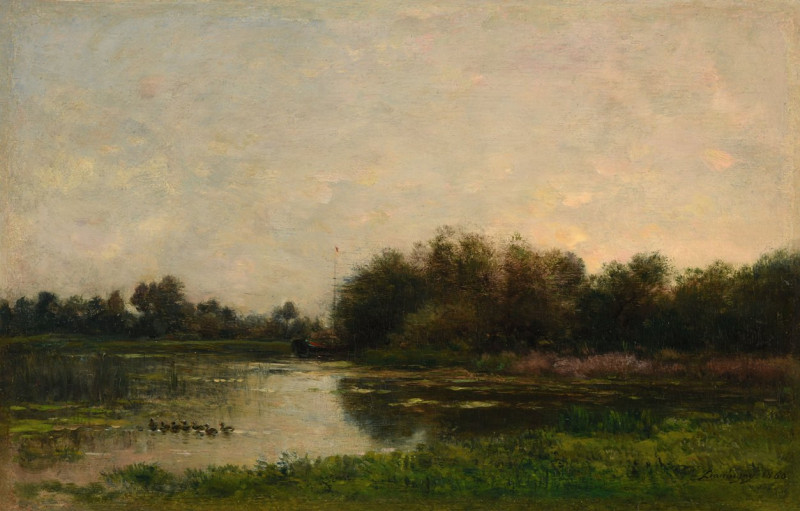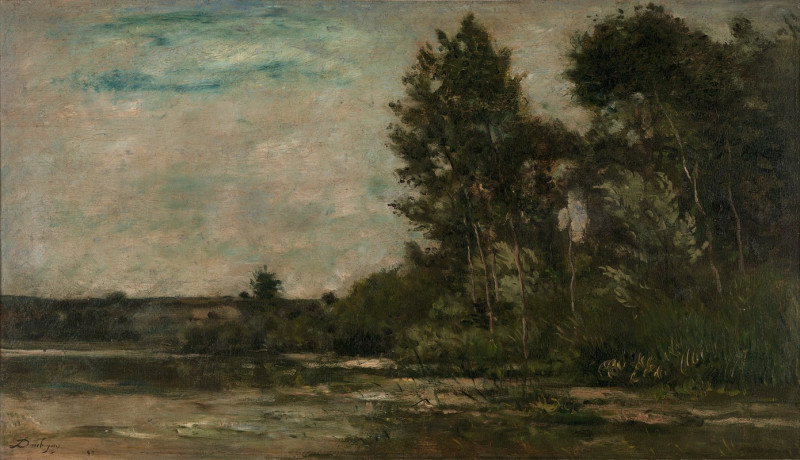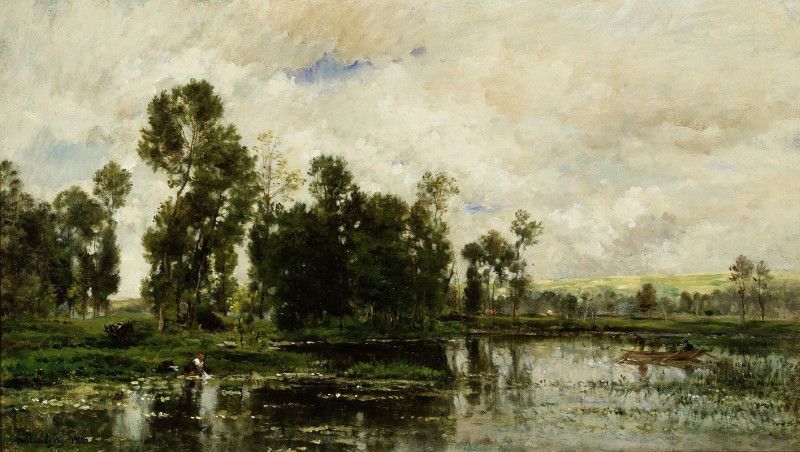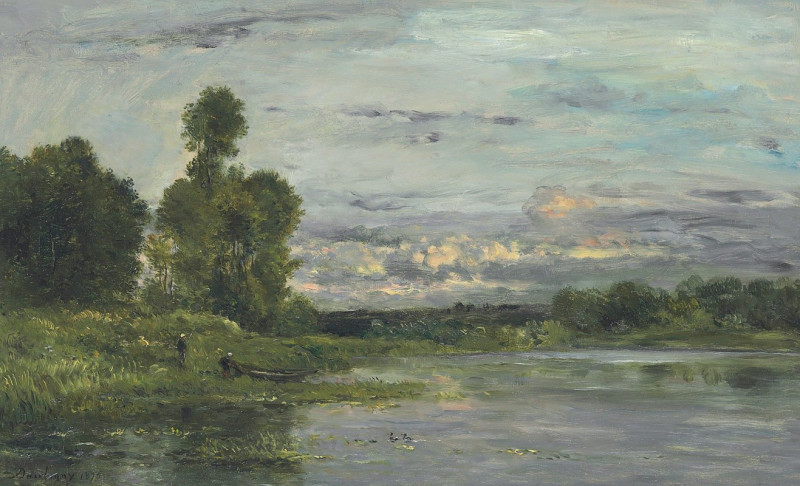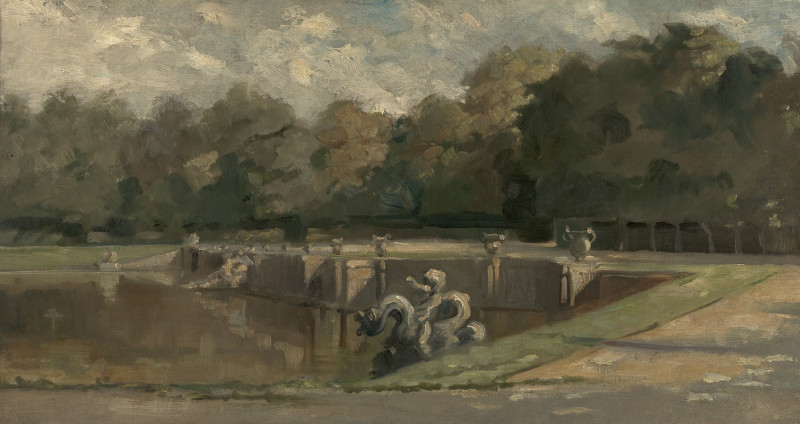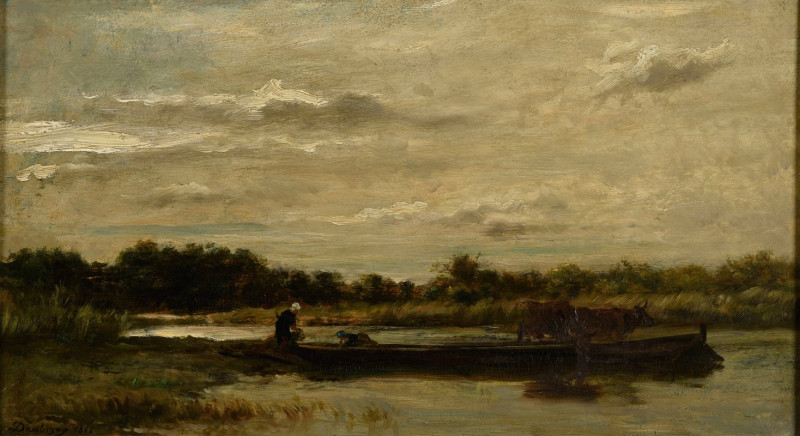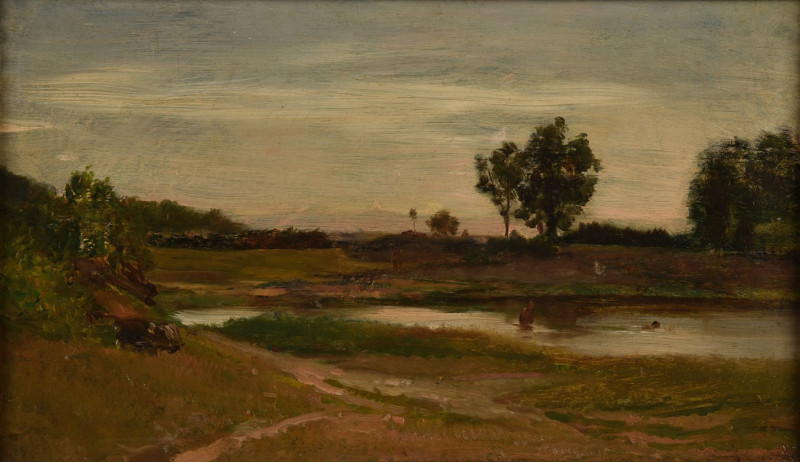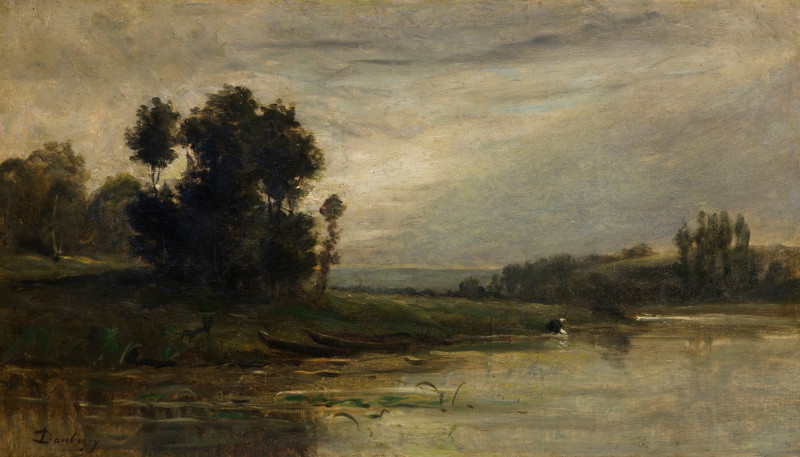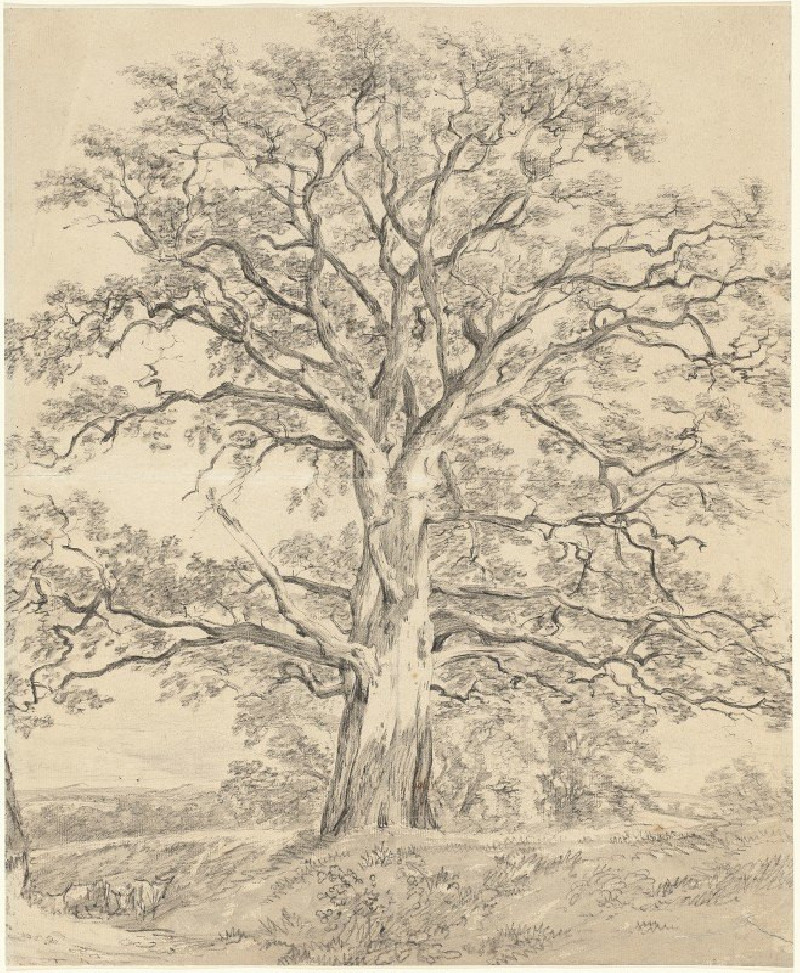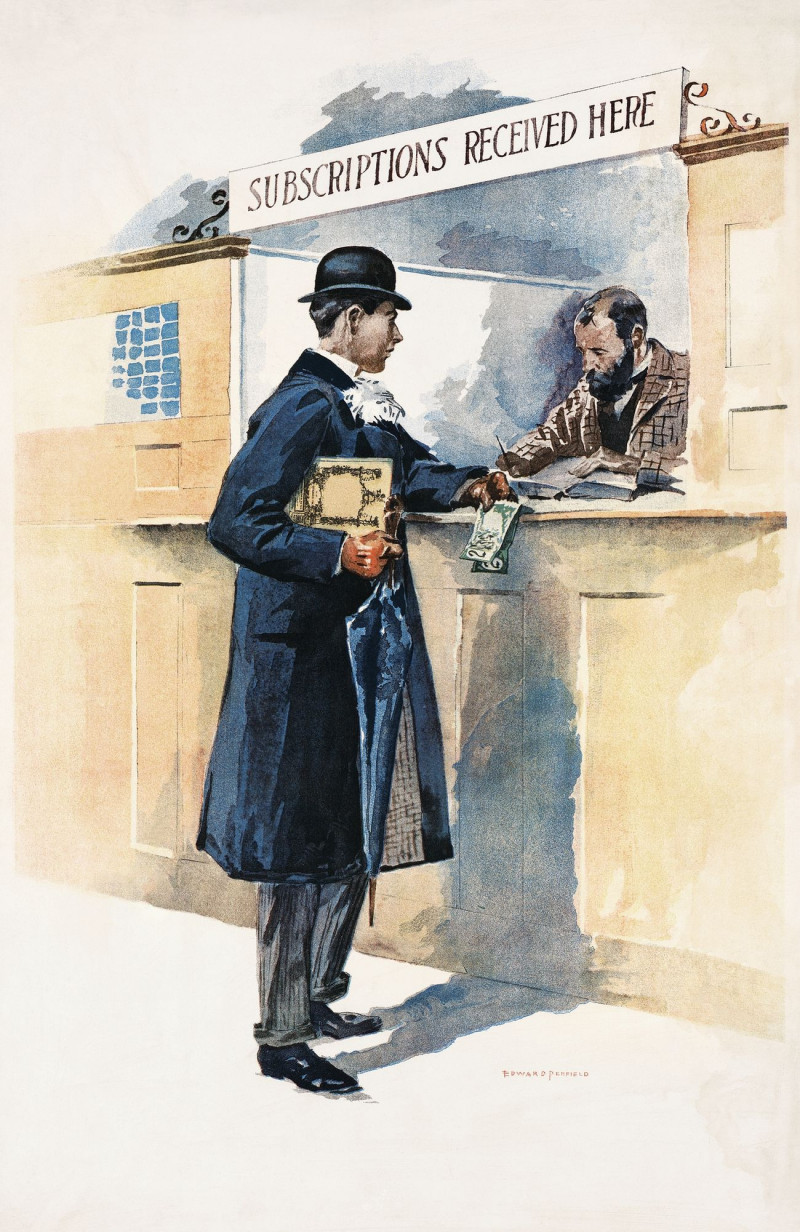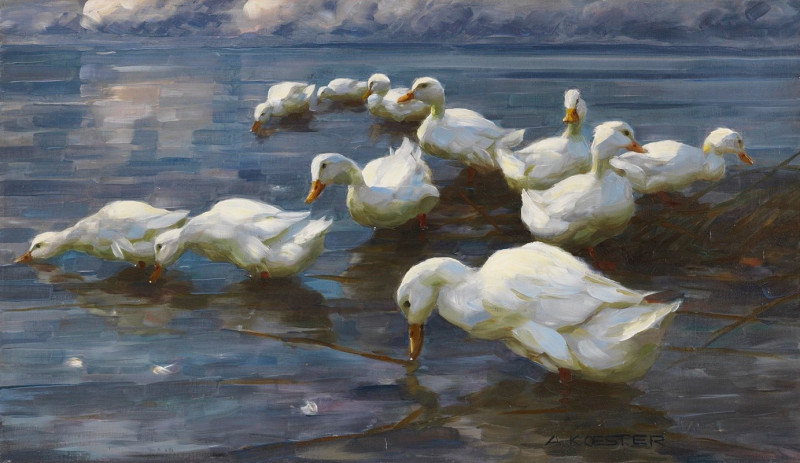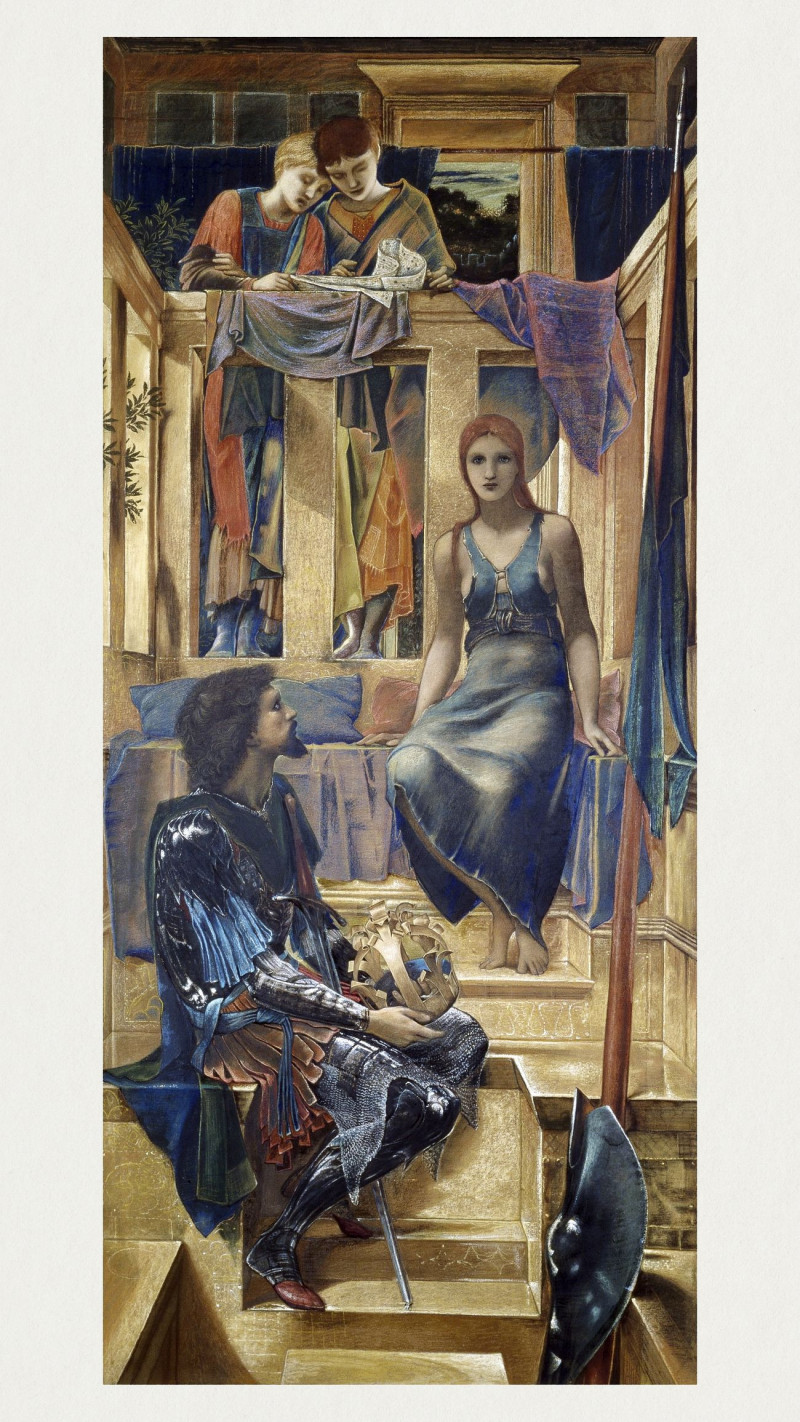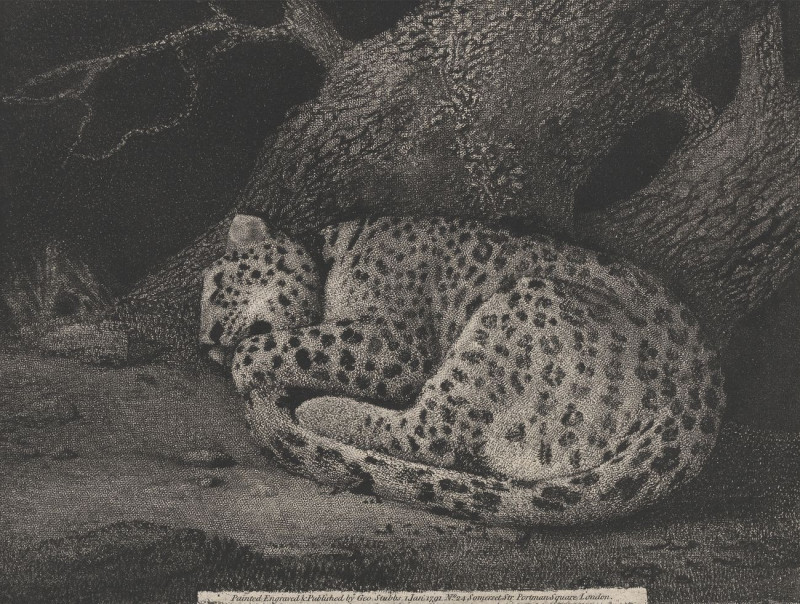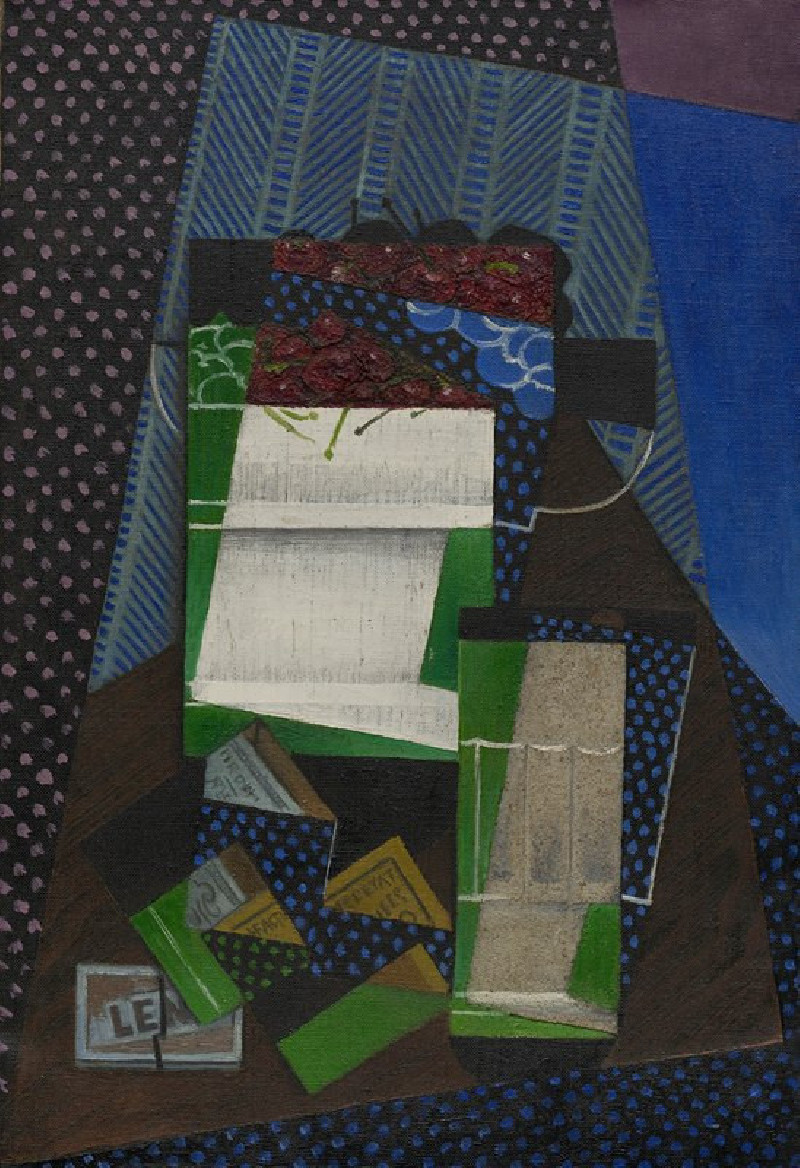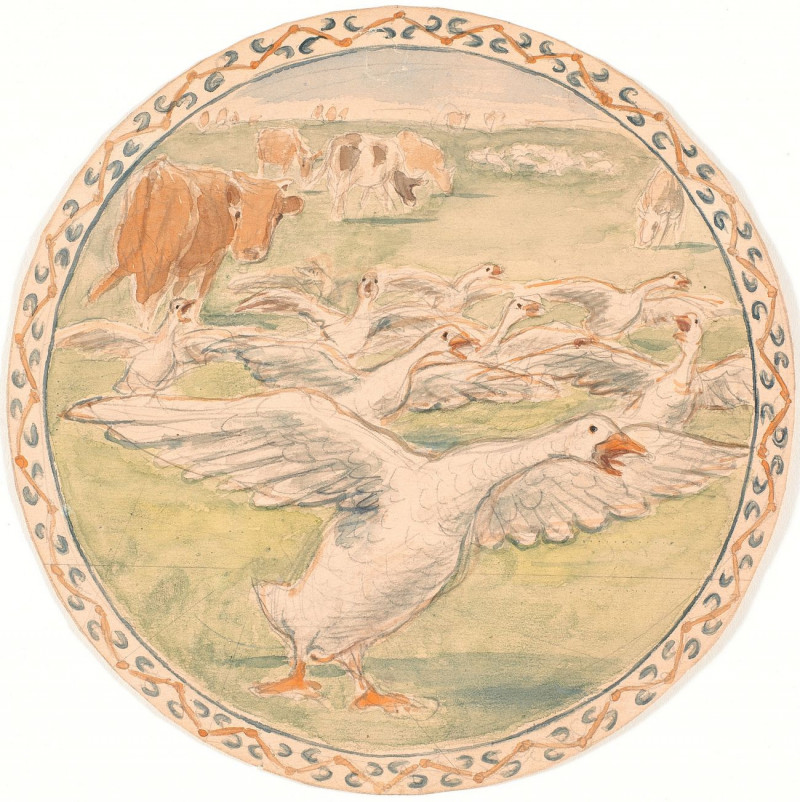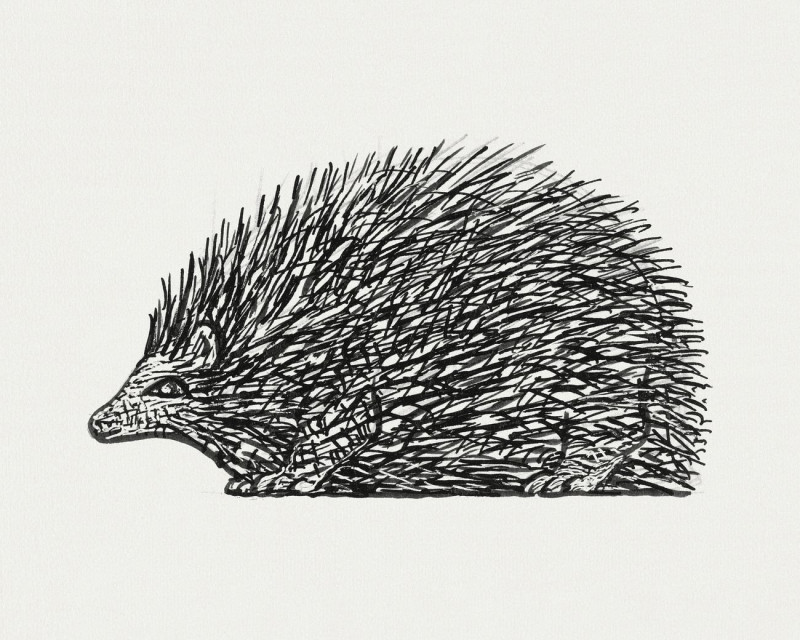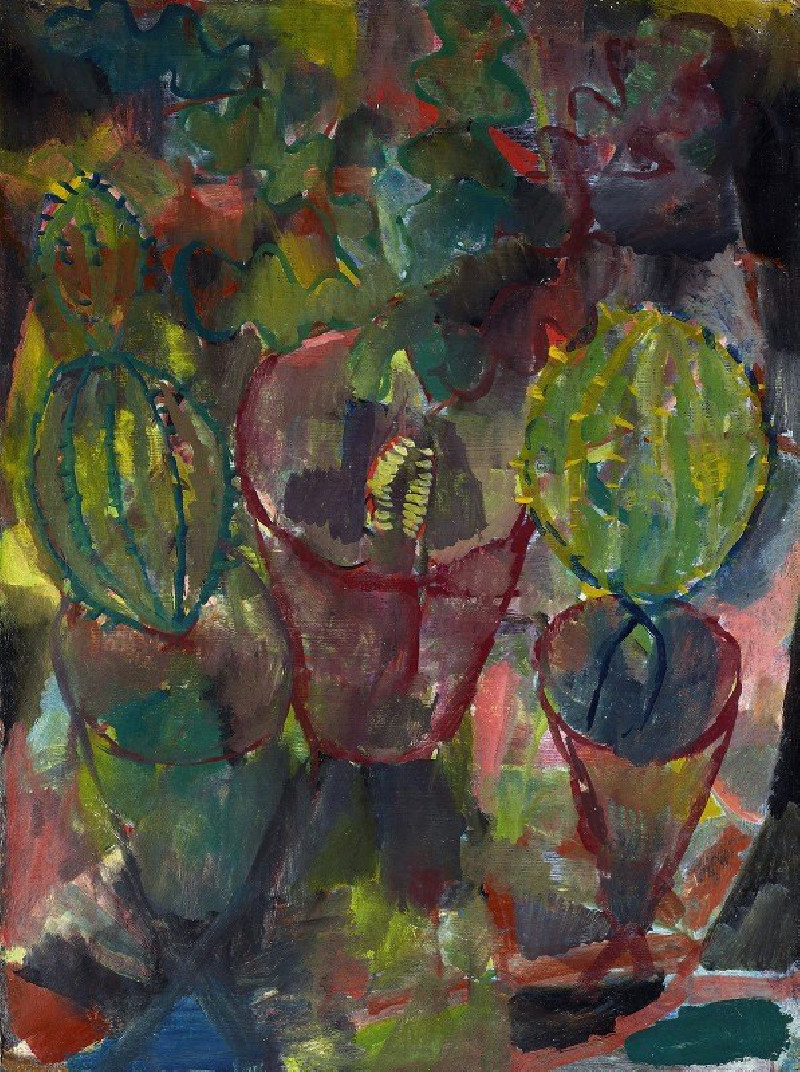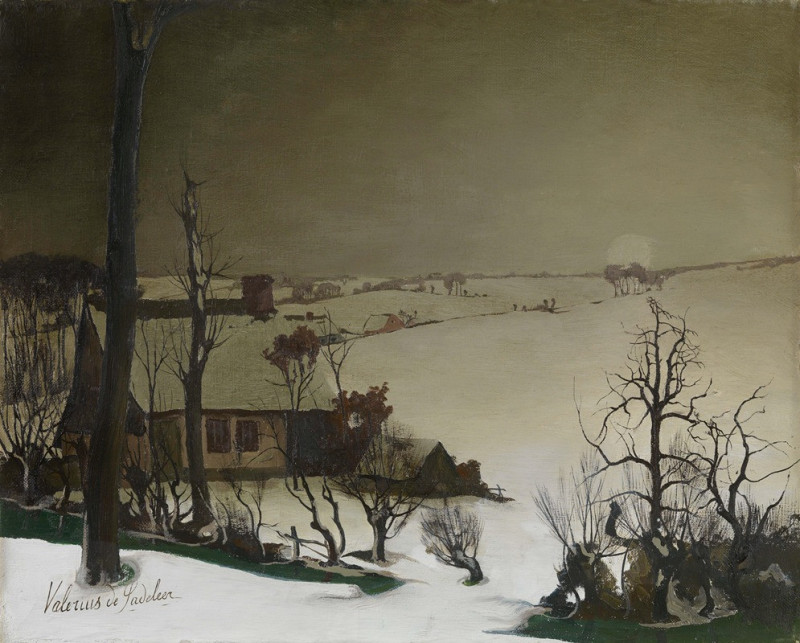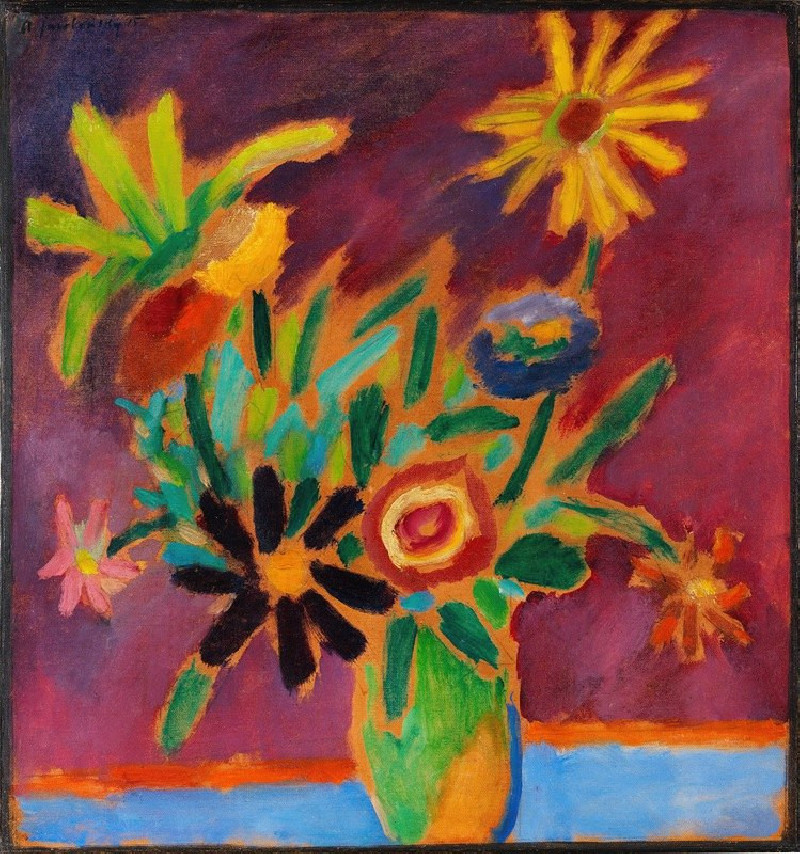Bords de l’Oise, Temps d´Orage (1872)
Technique: Giclée quality print
Recommended by our customers
More about this artwork
"Bords de l’Oise, Temps d´Orage" by Charles François Daubigny is a profound expression of nature’s serene yet dynamic character. Created in 1872, this painting captures the mood and atmosphere of an impending storm along the banks of the Oise River in France. Daubigny's mastery in landscape art is evident in the harmonious blend of realism and romanticism, reflecting the transient effects of light and weather.In the foreground, the reflective water calmly mirrors the overcast sky, while a small boat with a figure floats gently, highlighting a moment paused in time. The lush greenery on the riverbank is marked by dense, bristling trees whose forms stand against the tumultuous sky, suggesting the silent anticipation of the storm. Off to the right, figures are depicted interacting with the landscape, perhaps gathering belongings or securing boats in preparation for the storm. This everyday scene is elevated by Daubigny's brushwork, which conveys not only the visual but the emotional texture of the scene.
Delivery
Returns
Charles-François Daubigny (15 February 1817 – 19 February 1878) was a French painter, one of the members of the Barbizon school, and is considered an important precursor of impressionism.
He was also a prolific printmaker, mostly in etching but also as one of the main artists to use the cliché verre technique.

